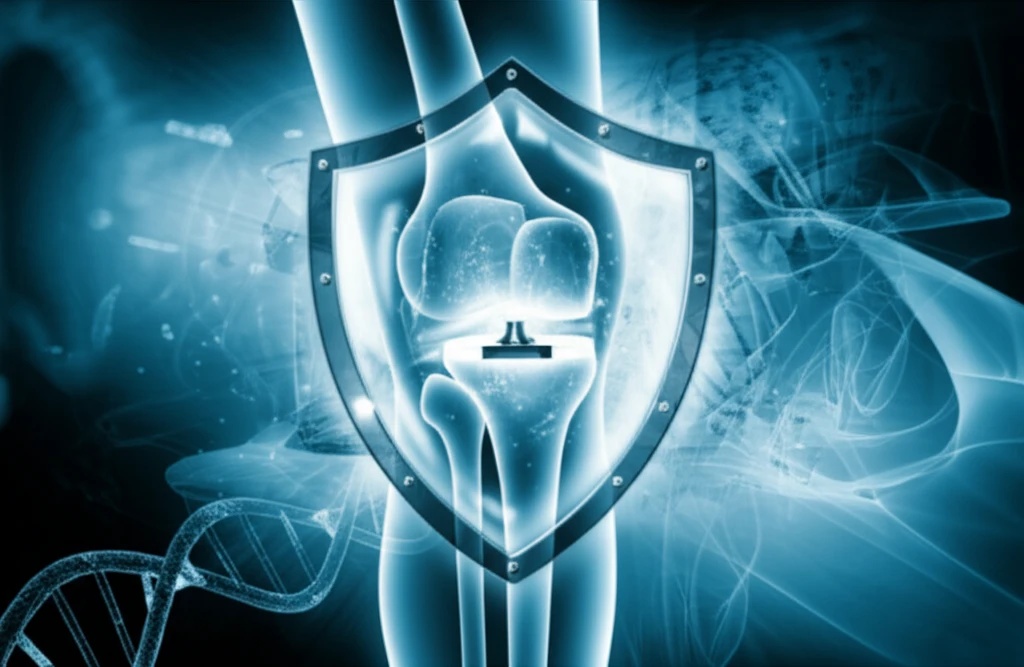
Joint Replacement Infections: What You Need to Know
"A closer look at prosthetic joint infections, their causes, and preventative measures."
Joint replacement surgery has become a common and effective procedure for improving the quality of life for individuals suffering from chronic joint pain and mobility issues. While these surgeries generally have high success rates, prosthetic joint infections (PJIs) remain a serious complication that can lead to significant morbidity, prolonged hospital stays, and additional surgical interventions.
A recent study by Erik Lenguerrand and colleagues, published in The Lancet Infectious Diseases, highlighted important modifiable risk factors associated with PJIs following hip arthroplasty. Their work underscores the need for a comprehensive understanding of the factors contributing to these infections and the implementation of strategies to minimize their occurrence.
This article delves into the complexities surrounding prosthetic joint infections, drawing insights from the latest research and expert opinions to provide a clear and accessible overview of this critical issue. We will explore the incidence, risk factors, diagnosis, prevention, and management of PJIs, with the aim of empowering patients and healthcare professionals to make informed decisions and improve outcomes.
Understanding the Scope of Prosthetic Joint Infections

Prosthetic joint infections can occur at any time after joint replacement surgery, but they are broadly classified into early-onset and late-onset infections. Early-onset infections typically manifest within the first few months after surgery, while late-onset infections occur more than 24 months post-implantation. A study found that 42% of prosthetic joint infections were diagnosed as late-onset infections, highlighting the importance of long-term monitoring and vigilance.
- Early-Onset Infections: Typically occur within the first few months after surgery and are often caused by bacteria introduced during the surgical procedure.
- Late-Onset Infections: Occur more than 24 months post-implantation and may result from the spread of bacteria from other parts of the body or reactivation of dormant bacteria.
- Risk Factors: Factors that increase the risk of developing a prosthetic joint infection include obesity, diabetes, compromised immune system, and previous joint surgery.
Prevention is Key: Reducing Your Risk of Joint Infection
Preventing prosthetic joint infections requires a multifaceted approach involving meticulous surgical technique, appropriate antibiotic prophylaxis, and patient education. By understanding the risk factors and implementing evidence-based strategies, healthcare professionals and patients can work together to minimize the occurrence of these debilitating infections and ensure the long-term success of joint replacement surgery.
